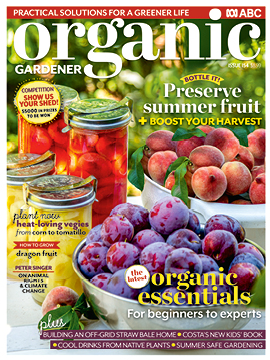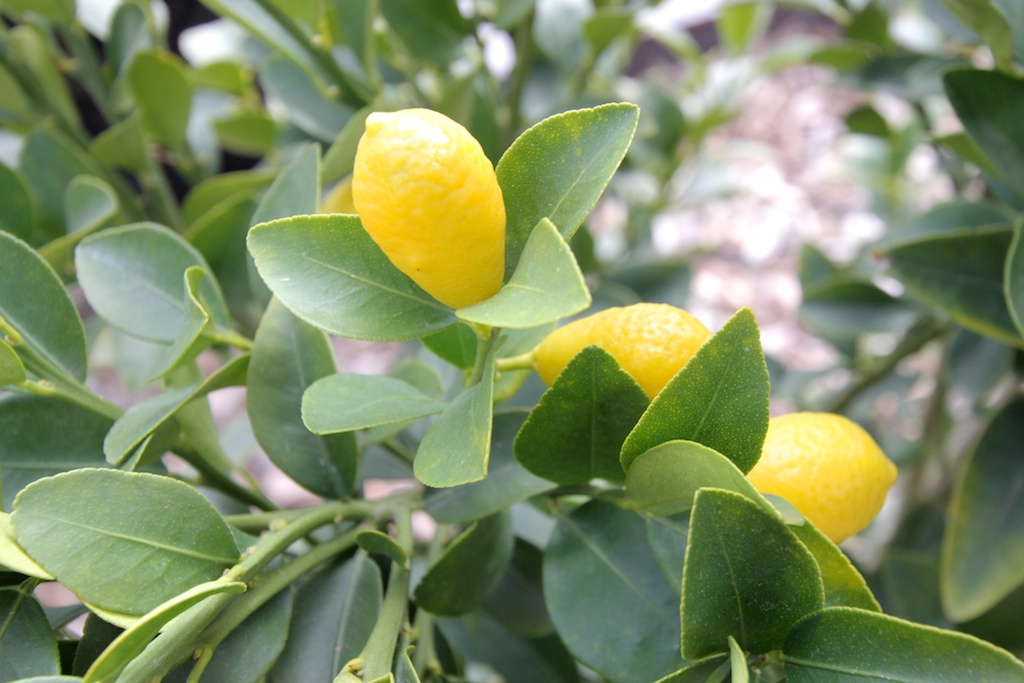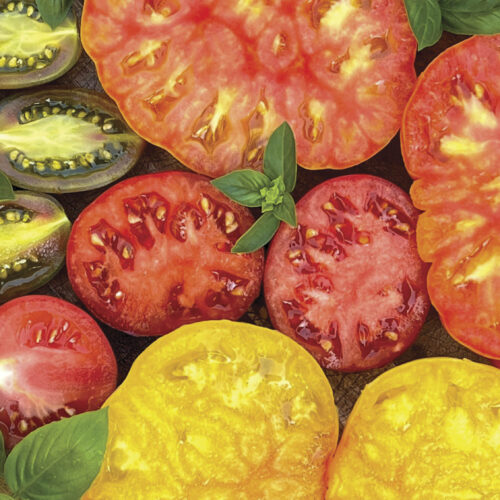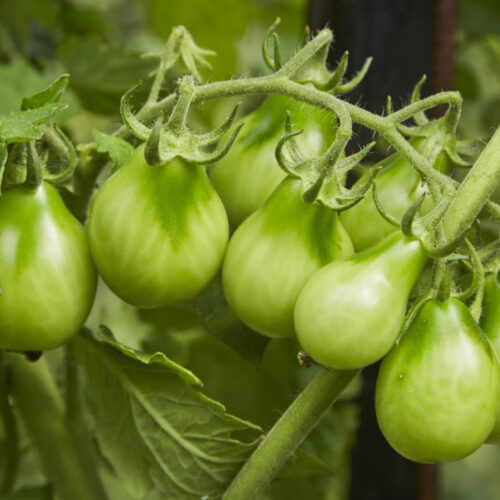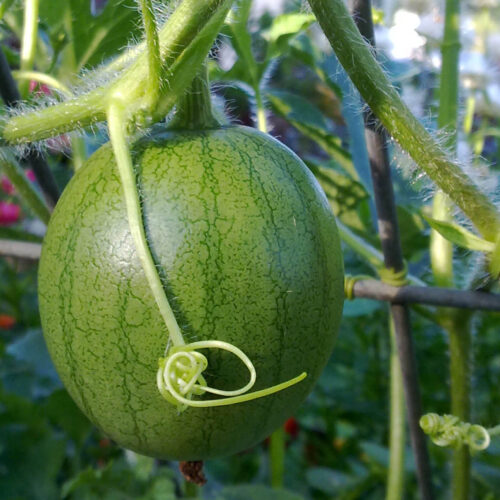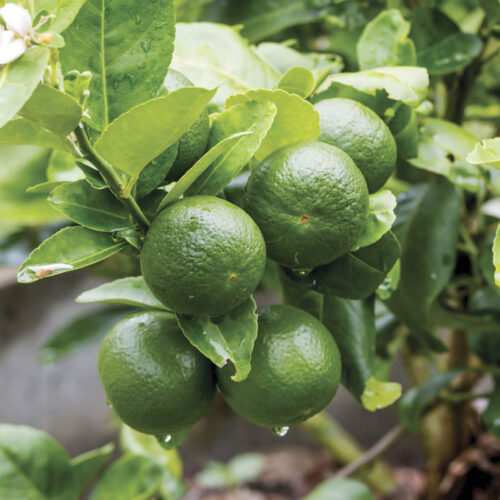Aussie citrus
2024-12-09T14:22:36+11:00
Consider adding a native citrus to your backyard: they are colourful and when established will add a fresh zing to your harvest.
Australia is fortunate to have several species of native citrus which, although known to Indigenous Australians and to the first white settlers and explorers, have only been commercially exploited in the last few decades. Now you can grow them in your backyard.
Round lime
Round lime, Citrus australis (previously Microcitrus australis) grows as a vigorous tree that can be as tall as 15 metres. It comes from south-eastern Queensland where it is found in sub-tropical rainforest. The rounded fruit can reach 8cm in diameter and are eaten when green or when they turn yellow. Less common, but closely related Australian limes found in similar habitats are Mt White lime (C. garrawayae), Kakadu lime (C. gracilis), Russell River lime (C. inodora) and Maiden’s Australian wild lime (C. maideniana).
Desert lime
The Desert lime, Citrus glauca (previously Eremocitrus glauca) comes from semi-arid regions of Queensland, New South Wales and South Australia. It is extremely drought tolerant, can withstand extreme heat and cold and will grow in a range of soils. Its growth habit is variable, ranging from multi-stemmed shrubs to slender trees of 10 metres. The pale yellow green fruit of about 2cm in diameter is round and seedless.
Hybrids
There are now many cultivated hybrids that have been developed through natural selection from existing trees or crosses between introduced and native citrus. Two of the latter are the ‘Australian Blood’ lime and ‘Australian Sunrise’ lime. Others have names like Rainforest Pearl, Ruby, Alstonville, Blunobia Pink Crystal, Pink Ice, Limeburst and many more. Skin colours vary from green, yellow, purple and pink to bright red, and mature fruit can be anything from a few centimetres to 12cm long. Mostly, fruit pulp is unique with a ‘caviar like’ appearance that also comes in many different colours, not necessarily the same as the skin.
The delicious tiny balls of intensely flavoured tangy fruit are superb in a huge range of sweet and savoury dishes. The intensity of skin and pulp colour, as well as flavour, can vary as a result of flowering times and climate. Fruit seediness can also vary with some cultivars being almost seedless and others having many seeds.
What to watch out for
Limes are relatively disease free. Scale infestation can be tackled with soapy water and a toothbrush, black aphid that cause curling and withering of young growth can be controlled by soap spray or pest oil and larger sap sucking bugs can be removed and squashed.
Many of these limes are available to home gardeners, others are only grown for commercial production. Ask at your local nursery and if they don’t have them they should be able to order them in. There is an interesting NSW Prime Fact sheet from the Department of Primary Industries with more information here.
Looking for more native plants to grow in your garden? In our Summer 2025 issue (OG 154) you’ll find Karen Sutherland’s native plant picks, which you can use to make a refreshing drink when the leaves and fruit are ready! Buy a copy here.
